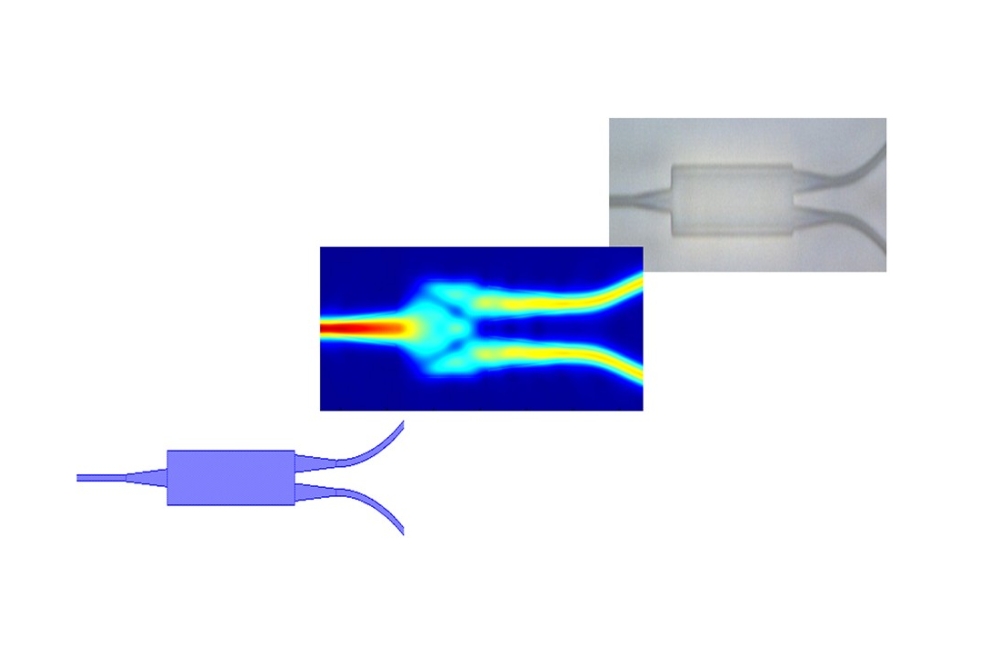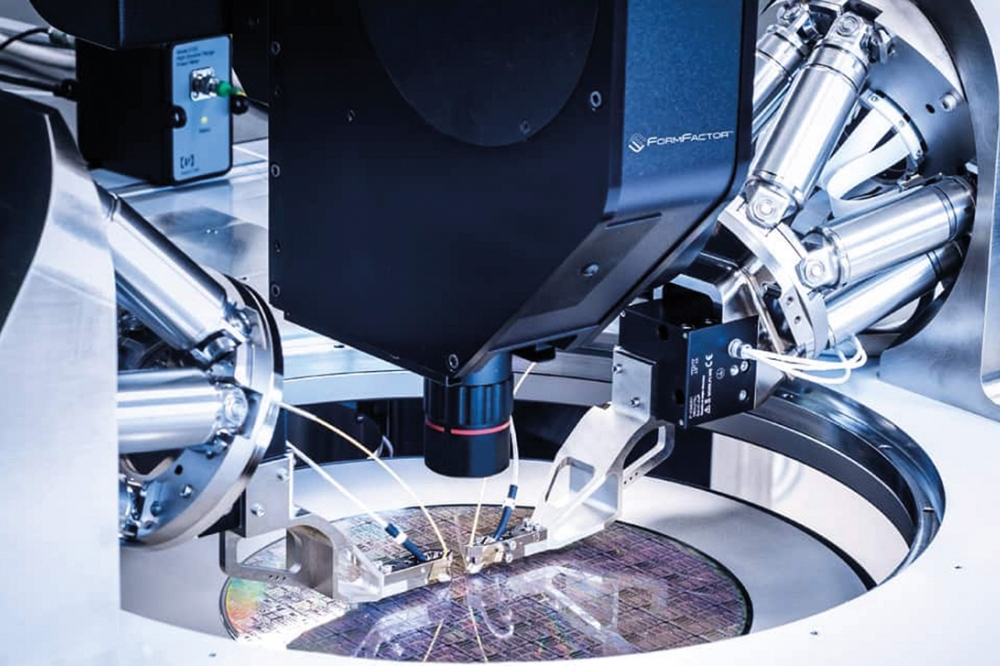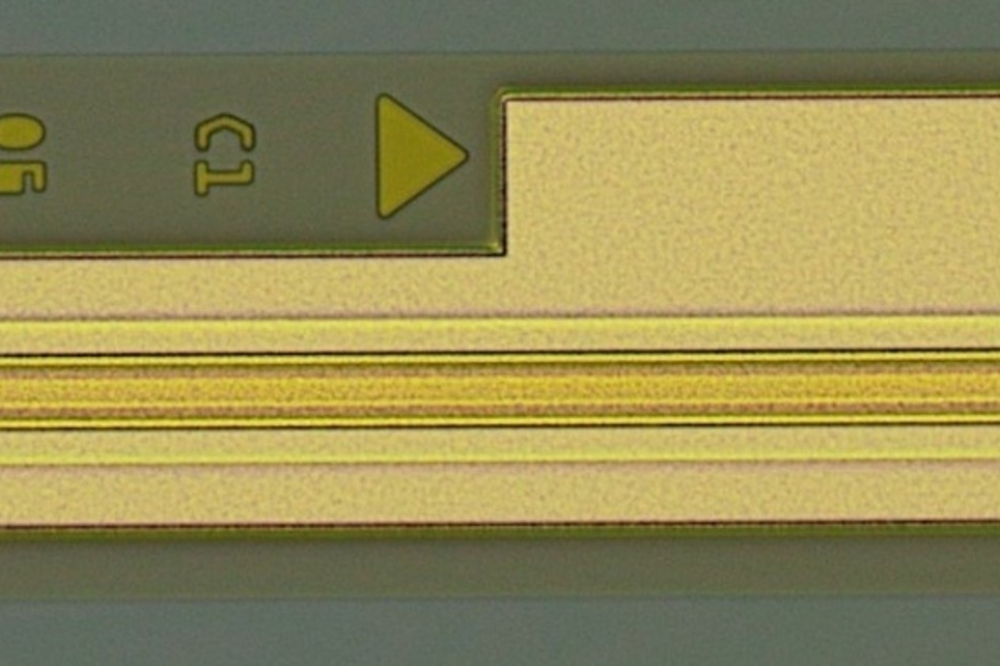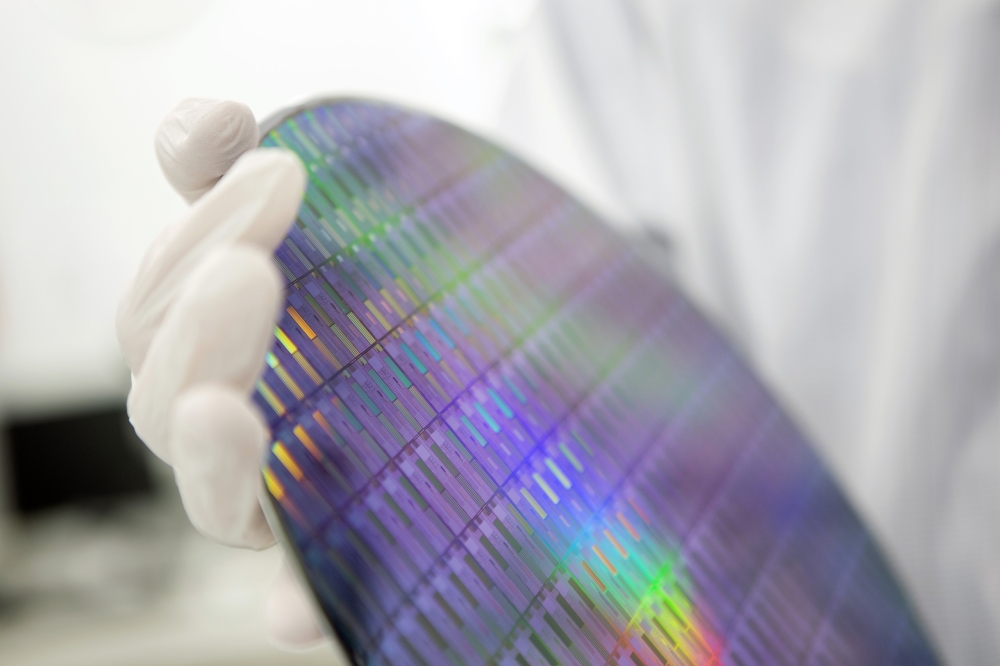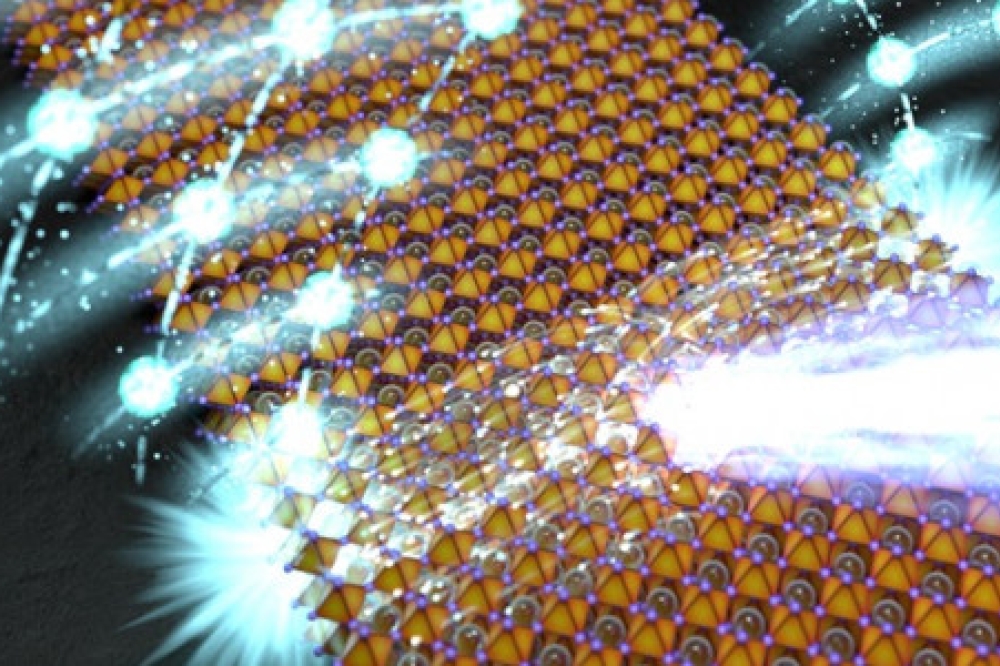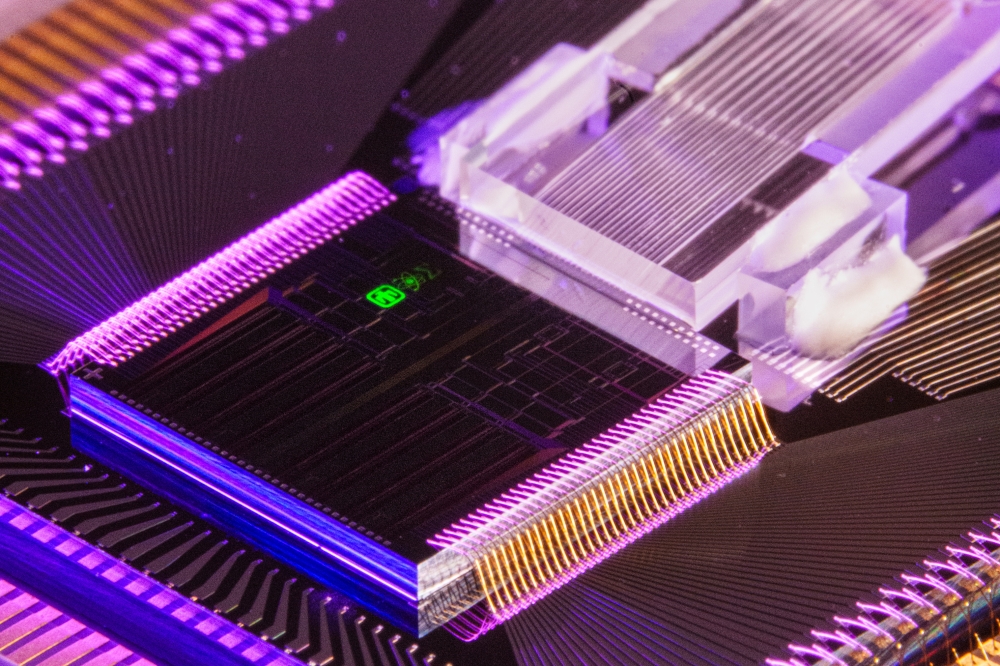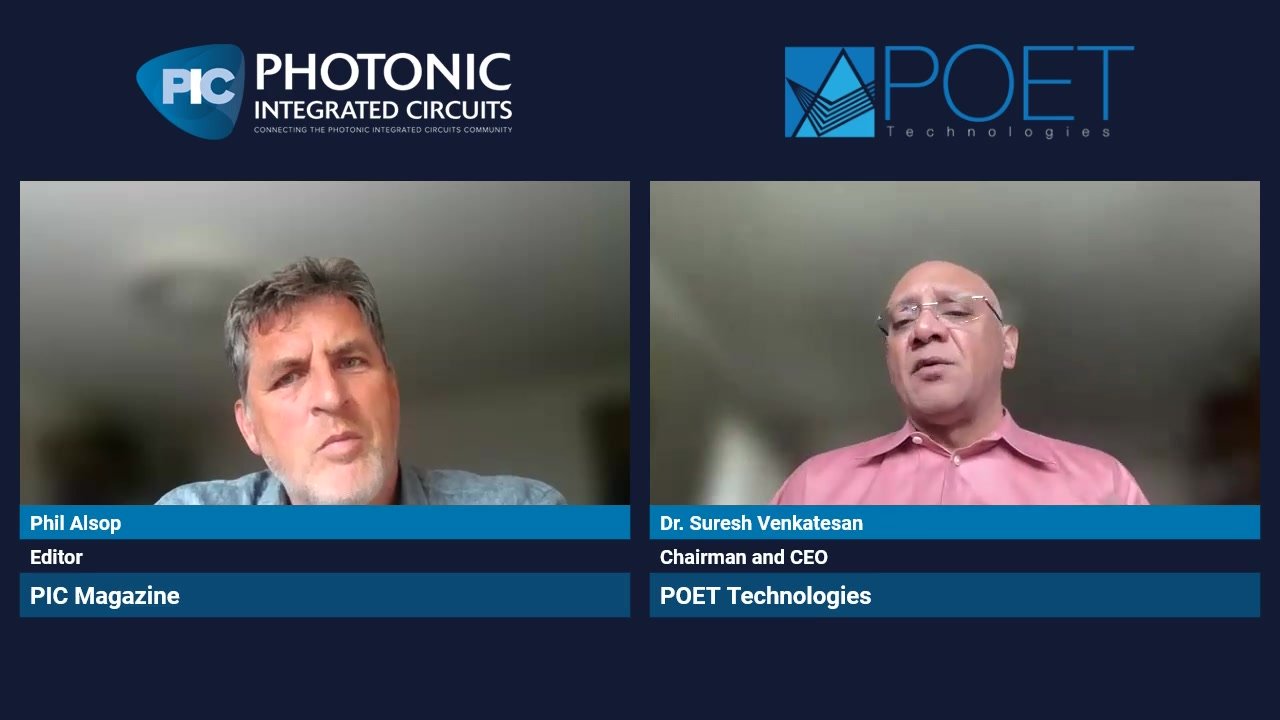Kaiam launches new LightScale platform at ECOC

Advancing performance, density, scalability and ease of manufacturing
Kaiam, who produce high-performance pluggable optical transceivers for datacentres, launched LightScale2, a new platform enabling unprecedented performance and scalability. This planar approach combines multiple transmit and receive blocks in a very dense architecture that is simple to assemble and delivers higher performance than standard TOSA/ROSA approaches. Kaiam is currently sampling CWDM4 100G QSFP28s based on this architecture, and expects to deliver 200G, 400G, and higher density on-board optics with this platform in the future. This development extends Kaiam's leadership in hybrid integration technology for single-mode WDM transceivers.
Kaiam has been shipping 40G and 100G transceivers for hyperscale datacentres in volume since 2014 using a MEMS-aligned hybrid optical integration approach. The company's LightScale1 platform uses this proprietary MEMS technique for optical engines in a standard TOSA/ROSA architecture. LightScale2 flattens the internal architecture of the transceiver to further improve density, RF signal integrity, thermal management, power consumption, and manufacturing simplicity.
Bardia Pezeshki, Kaiam's CEO said: "Today most single-mode transceivers use legacy telecom-type approaches that result in bulky packaging of components. This not only increases cost and manufacturing complexity, but degrades performance, as electrical and optical signals and heat must traverse multiple interfaces.
"Kaiam's MEMS-based packaging is intrinsically dense, combining best-of-breed components such as InP lasers, silicon photonics, and silica-waveguide integrated optics. By liberating our technology from outdated telecom architectures, we can manufacture very dense and high-performance multi-wavelength transceivers and modules. The new 100G QSPF28s being sampled now are a brilliant testament to the advantages of this approach."
Kaiam executives will be available at ECOC to discuss the benefits and potential of the new platform.














